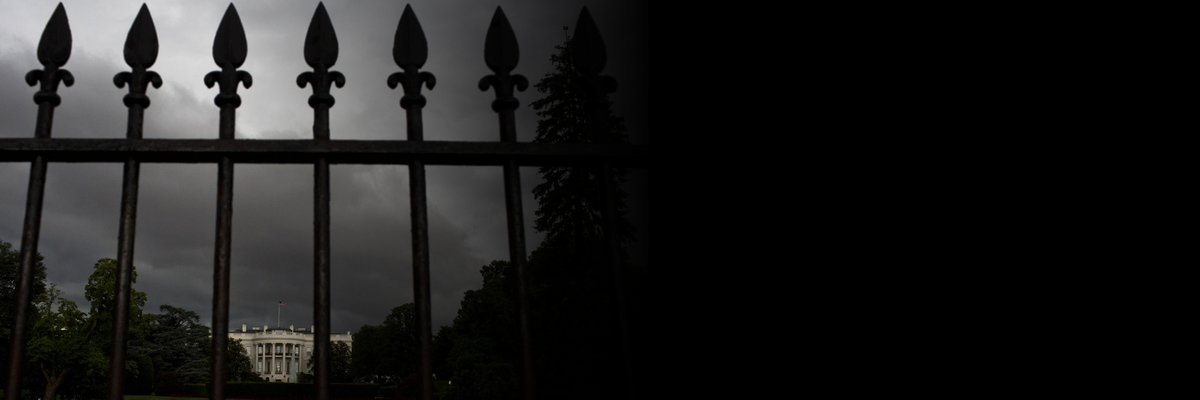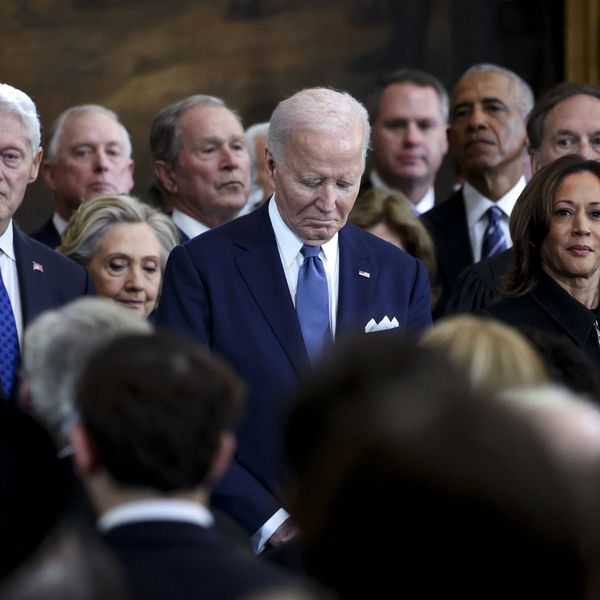After Bernie Sanders overwhelmingly won the Democratic caucuses in Alaska, Hawaii and Washington state, CNN's Chris Moody (3/28/16) observed:
These caucus states--largely white and rural--are the type of places Sanders traditionally does well. In order to win the nomination, he must replicate this success in other, more ethnically diverse states that hold primaries, as he did in Michigan last month.
In fact, Hawaii is only 25 percent white, making it the least white state in the country, and the only state without a white majority. Alaska, at 67 percent white, is less white than 44 other states. (Vets for Bernie noted that CNN not long ago ran a story about Alaska's ethnic diversity, which "may surprise folks from the Lower 48 who picture Alaska as a largely homogenous and snowy American extremity. But Alaskans are quite proud of their distinctive demographics.") Washington state is 77 percent white, a little whiter than the US average of 72 percent, but still less white than 26 other states.
Nor are these states "largely rural": Hawaii, 92 percent urbanized, is the 5th-most urban state. Washington, at 84 percent urbanized, is No. 16. Even Alaska, while more rural than the average state, is 66 percent urbanized.
So why did CNN describe these mostly urban, not particularly white states as "largely white and rural"? It certainly fits in with the Hillary Clinton campaign's strategy of portraying Sanders as a marginal, out-of-touch white man. But you could charitably assume that the folks at CNN are just too lazy to look things up.


